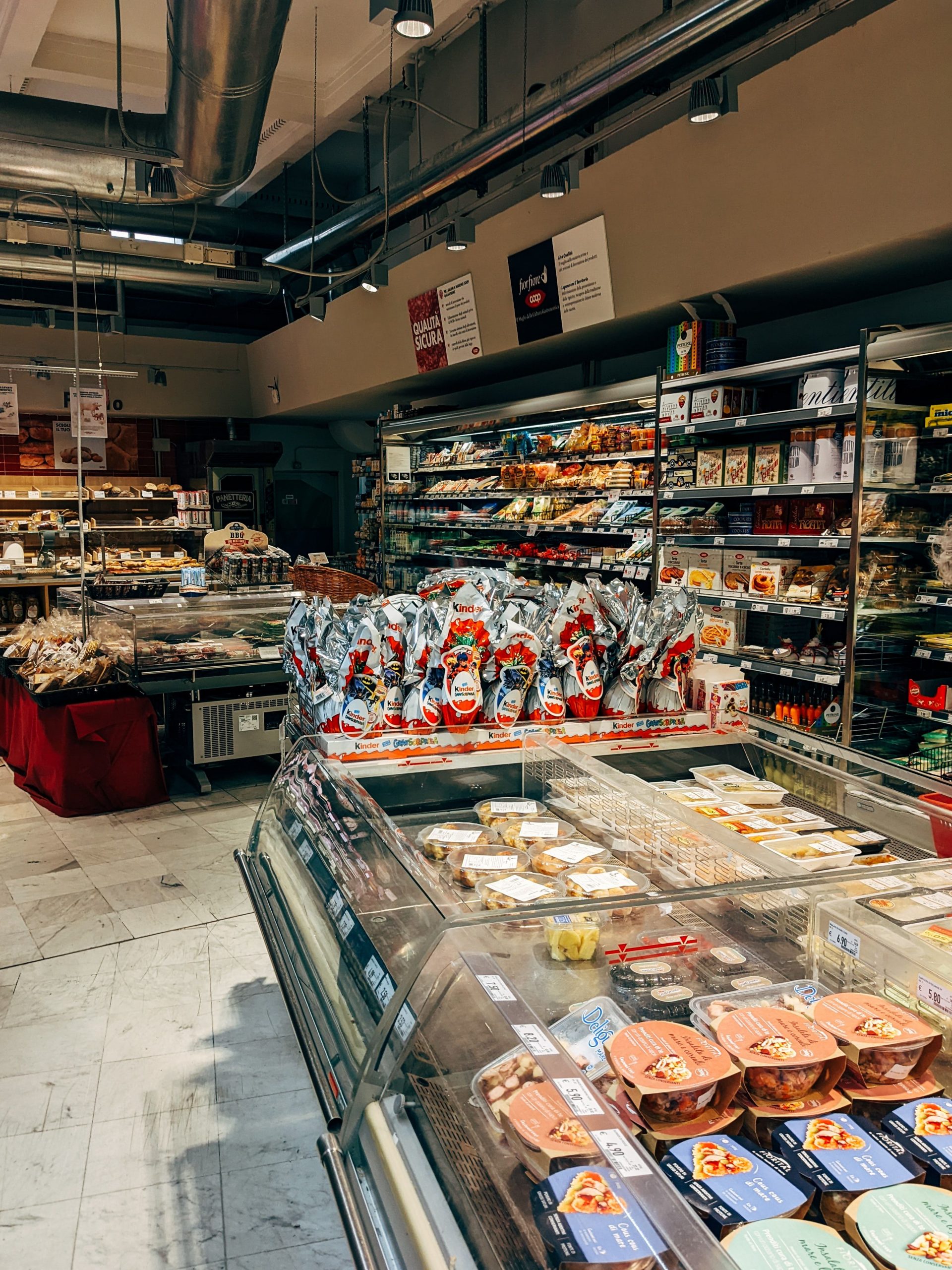Retail inflation in India increased to 7.41% in September from 7% the previous month, according to official statistics released on Wednesday, October 12, 2022.
Prices of everyday commodities such as cereals and vegetables, which make up the largest component in the inflation basket, have risen over the last two years as a result of irregular rainfall and supply shocks from Russia’s invasion of Ukraine.
Also Read: Global economy moving towards a world of uncertainty: IMF
Already reeling from the economic effects of the COVID-19 pandemic, India’s poor and middle classes would be affected much harder by the price rises, as they spend a major portion of their income on food.
To combat inflation, the government has implemented price-control measures, including certain limits on rice exports. However, consumer prices have remained rebellious this year, remaining over the RBI’s upper tolerance range.
Also Read: Got responses from many countries for rupee settlement mechanism: RBI
The Reserve Bank of India (RBI) has failed to achieve its price mandate, with the latest Consumer Price Index (CPI) inflation for September confirming a third consecutive quarter in which average inflation has remained over the 2%-6% tolerance level.
Crude prices are the most significant contributors to the rise in inflation, as India imports roughly 80% of its oil. Therefore, elevated crude oil prices result in a rise in the cost of other goods due to an increase in raw material, production, and transportation cost.
Also Read: British economy, battered by cost-of-living crisis, shrinks 0.3% in August
The fuel and light segment eased to 10.39% in September from 10.78% in August as crude prices remained below $100 per barrel in the international market.
Food costs are critical and play a significant part in determining CPI inflation. Food inflation, which accounts for over 40% of the CPI basket, increased 8.60% year on year in September, compared to 7.62% in August.
Also Read: Why interest rates are being hiked globally?
About half of India’s arable land is fed by rain, making the monsoon essential for the country’s agricultural production and economic growth. The irregular rainfall this year disappointed farmers and caused food prices to rise.
While presenting the RBI’s monetary policy on September 30, Governor Shaktikanta Das stated that India faces upside risks to food prices, emphasising that cereal price pressure is spreading from wheat to rice in expectation of reduced Kharif paddy output.
Also Read: Infosys president Ravi Kumar S resigns ahead of Q2 results announcement
“The lower sowing for Kharif pulses could also cause some pressures. The delayed withdrawal of monsoon and intense rain spells in various regions have already started to impact vegetable prices, especially tomatoes. These risks to food inflation could have an adverse impact on inflation expectations,” the RBI governor had noted.
The Monetary Policy Committee (MPC) raised the repo rate by 50 basis points (bps) to 5.90% on September 30. To combat soaring inflation, the MPC has hiked the benchmark interest rate by 190 basis points so far this fiscal year. Nonetheless, despite their action, retail inflation remains over the upper tolerance level.







